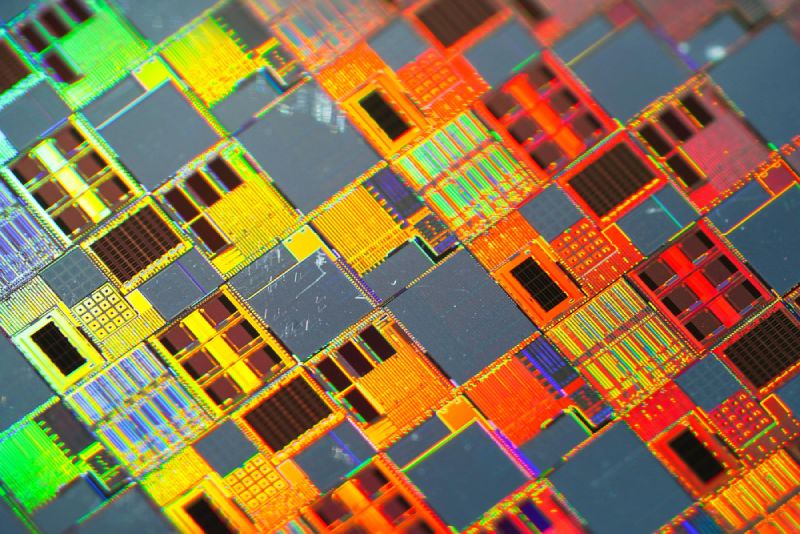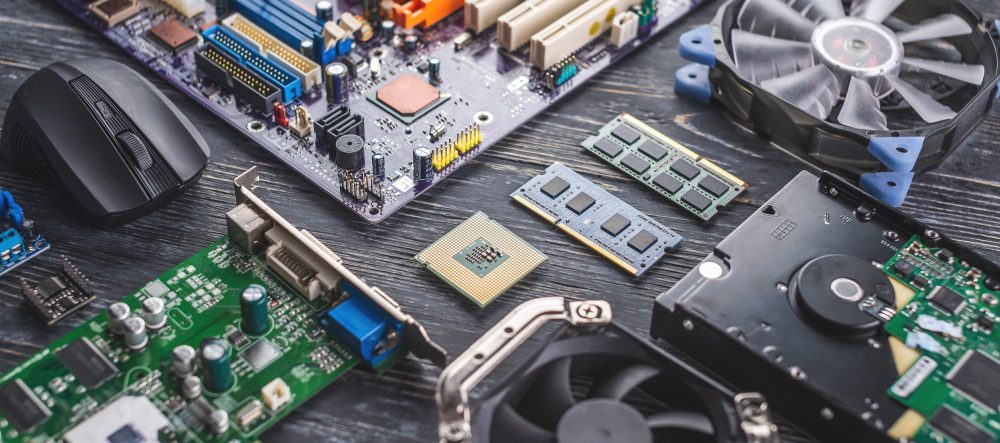The Impact of the Motherboard on Graphics Performance
In a PC, the motherboard is a crucial component that helps connect all the other hardware components together. When it comes to graphics performance, the motherboard plays a supporting role, but it can still have a significant impact on how well your PC handles graphics-intensive tasks.
Compatibility Matters
The first factor to consider is compatibility between the motherboard and the graphics card. Not all motherboards can support all types of graphics cards, and you need to make sure that the graphics card you want to use is compatible with the motherboard you have or plan to get.
The most important compatibility factor to consider is the interface between the motherboard and the graphics card. Currently, the most common interface is PCIe (PCI Express), but there are different versions of PCIe, such as PCIe 3.0 or 4.0. The graphics card and motherboard need to have matching PCIe versions to work together seamlessly.
It’s also essential to consider the power supply requirements of the graphics card and the available power connectors on the motherboard. If the graphics card requires more power than the motherboard can provide, you may need to upgrade your power supply or look for a different graphics card.
Bandwidth and Latency
Once you’ve ensured compatibility, the next factor to consider is the bandwidth and latency of the PCIe interface. PCIe provides a high-speed data transfer between the motherboard and the graphics card, and the more bandwidth available, the better the graphics performance.
A higher PCIe version, such as PCIe 4.0, provides more bandwidth than PCIe 3.0, allowing for faster data transfer. However, the actual performance gain you’ll see depends on the rest of your hardware configuration. If your CPU or storage devices can’t keep up with the increased bandwidth, you may not see a noticeable improvement.
Latency is another factor to consider, as it affects how long it takes for data to travel between the motherboard and graphics card. Lower latency means faster data transfer, which can lead to better graphics performance. However, latency is affected by many factors, including the distance between the motherboard and graphics card and the quality of the PCIe lanes on the motherboard.
Overclocking and Cooling
Lastly, the motherboard can have an impact on graphics performance when it comes to overclocking and cooling. Overclocking involves increasing the clock speed of the graphics card, which can provide a significant boost in performance, but it also generates more heat.
The motherboard needs to have solid power delivery and cooling solutions to support overclocking. High-quality VRMs (Voltage Regulator Modules) can provide stable power delivery to the graphics card, while good cooling solutions, such as heatsinks or fans, can keep the temperature under control. Without proper power delivery and cooling, overclocking can lead to instability and reduced performance.
Can a Bad Motherboard Affect FPS?
Yes, a bad motherboard can potentially affect FPS (Frames Per Second), but it’s generally not the first place to look when troubleshooting poor game performance.
Motherboards themselves don’t directly influence the FPS in games. That’s primarily the job of your graphics card (GPU) and, to a lesser extent, your processor (CPU) and RAM. However, the motherboard serves as the communication hub for these components, so if it’s malfunctioning, it can lead to reduced performance.
Here are a few ways that a faulty motherboard might indirectly affect your FPS:
- Poor Power Distribution: If the motherboard is not properly distributing power, it could impact the performance of your CPU and GPU, resulting in lower FPS.
- Faulty PCI-E Slot: If the PCI-E slot where your GPU is connected is faulty, it might not allow the GPU to operate at its full potential, leading to lower FPS.
- Incompatibility or Misconfiguration: If your motherboard’s BIOS settings are not correctly set, or if your motherboard is not fully compatible with your CPU or GPU, it might also affect performance.
- Overheating: All components, including the motherboard, can throttle their performance if they overheat. So, if your motherboard is overheating, it could affect system stability and performance.
Remember, if you’re experiencing low FPS in games, it’s more likely due to other components like your GPU, CPU, or lack of sufficient RAM. It might also be due to software issues such as outdated drivers or resource-heavy applications running in the background. It’s generally recommended to investigate these potential causes before suspecting a bad motherboard.
Conclusion
In summary, the motherboard can have a significant impact on graphics performance, but it’s not the only factor to consider. Compatibility, bandwidth, latency, overclocking, and cooling are all crucial factors that can affect how well your PC handles graphics-intensive tasks. By choosing the right motherboard and ensuring all components work well together, you can maximize your PC’s graphics performance.



